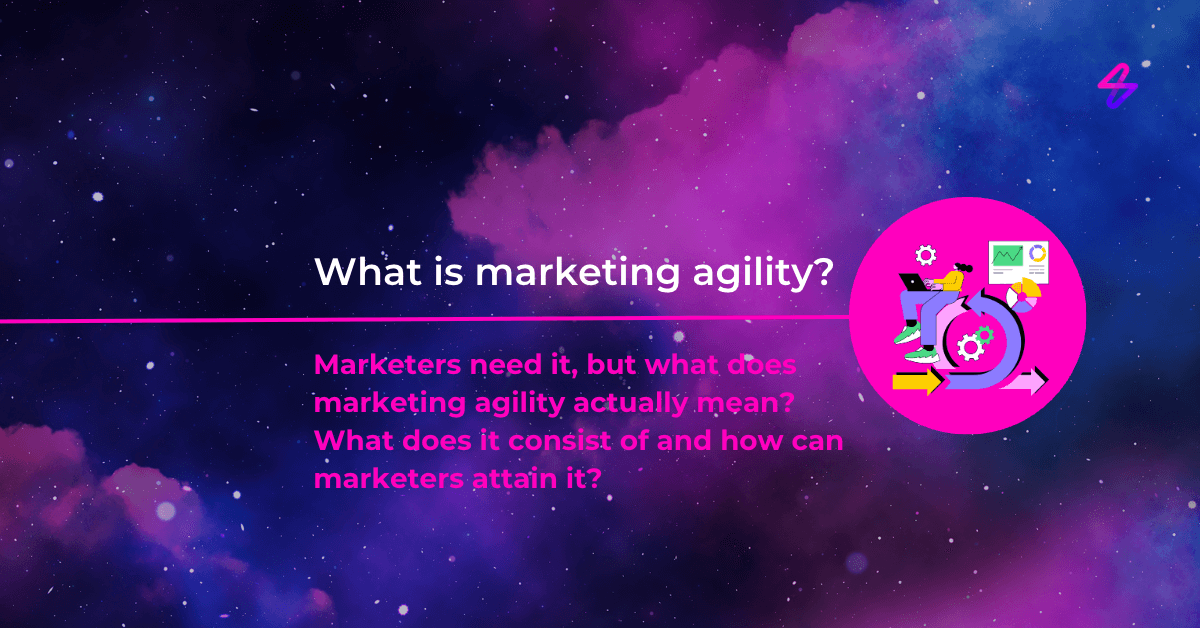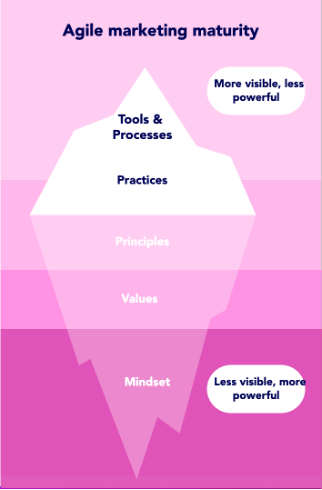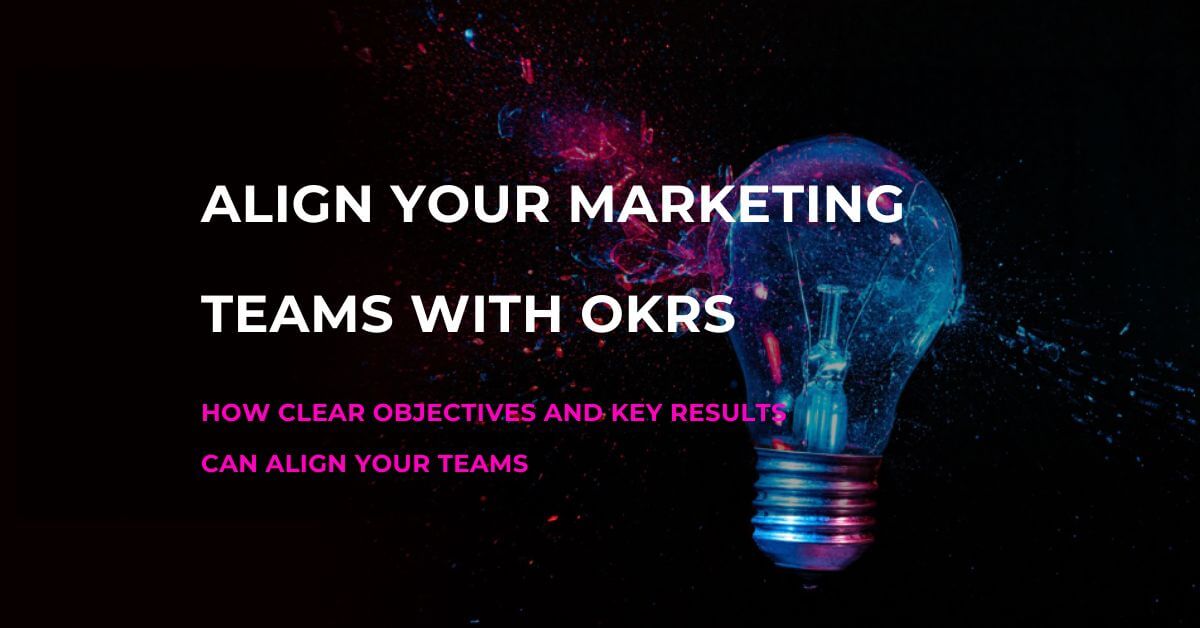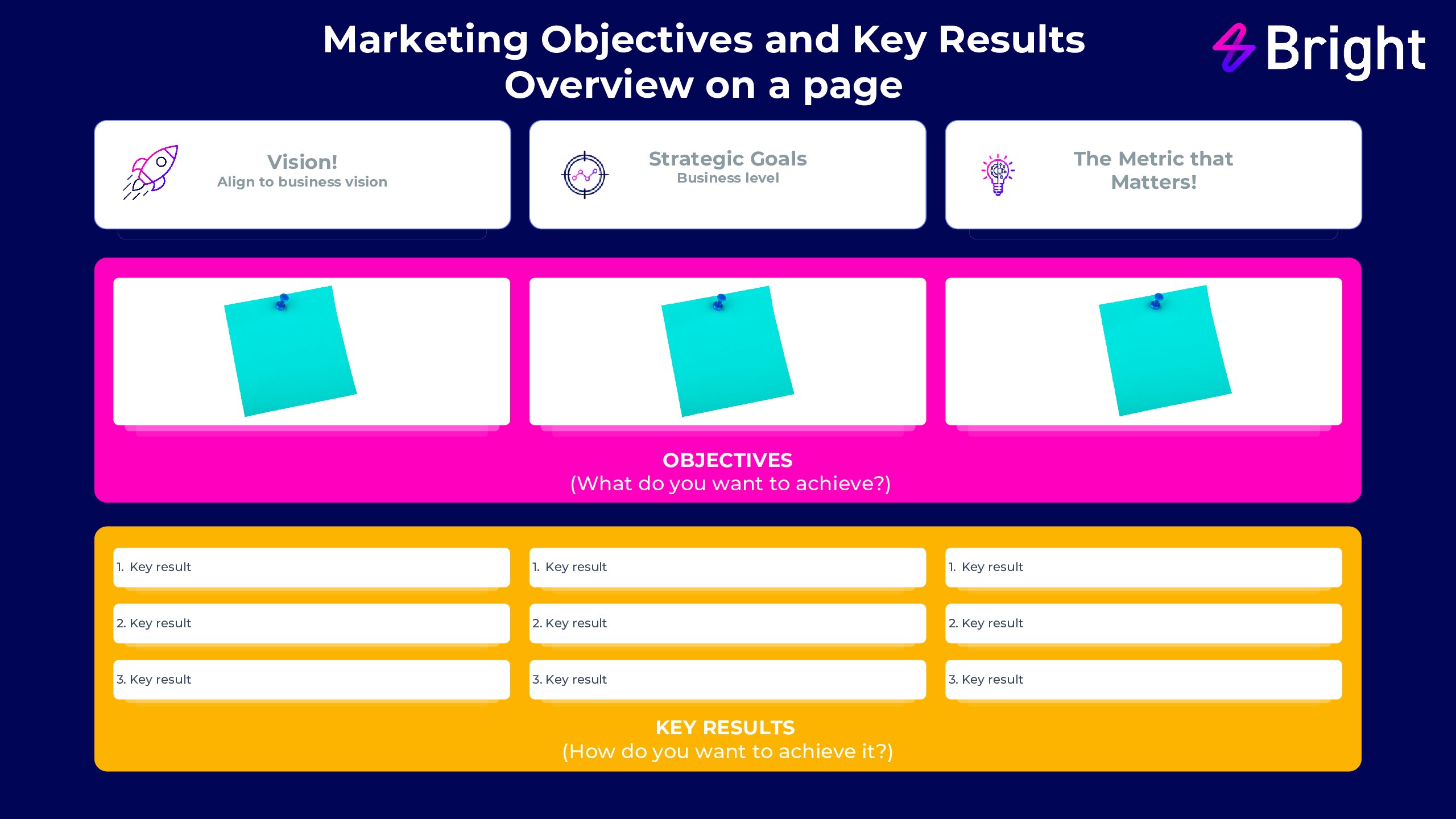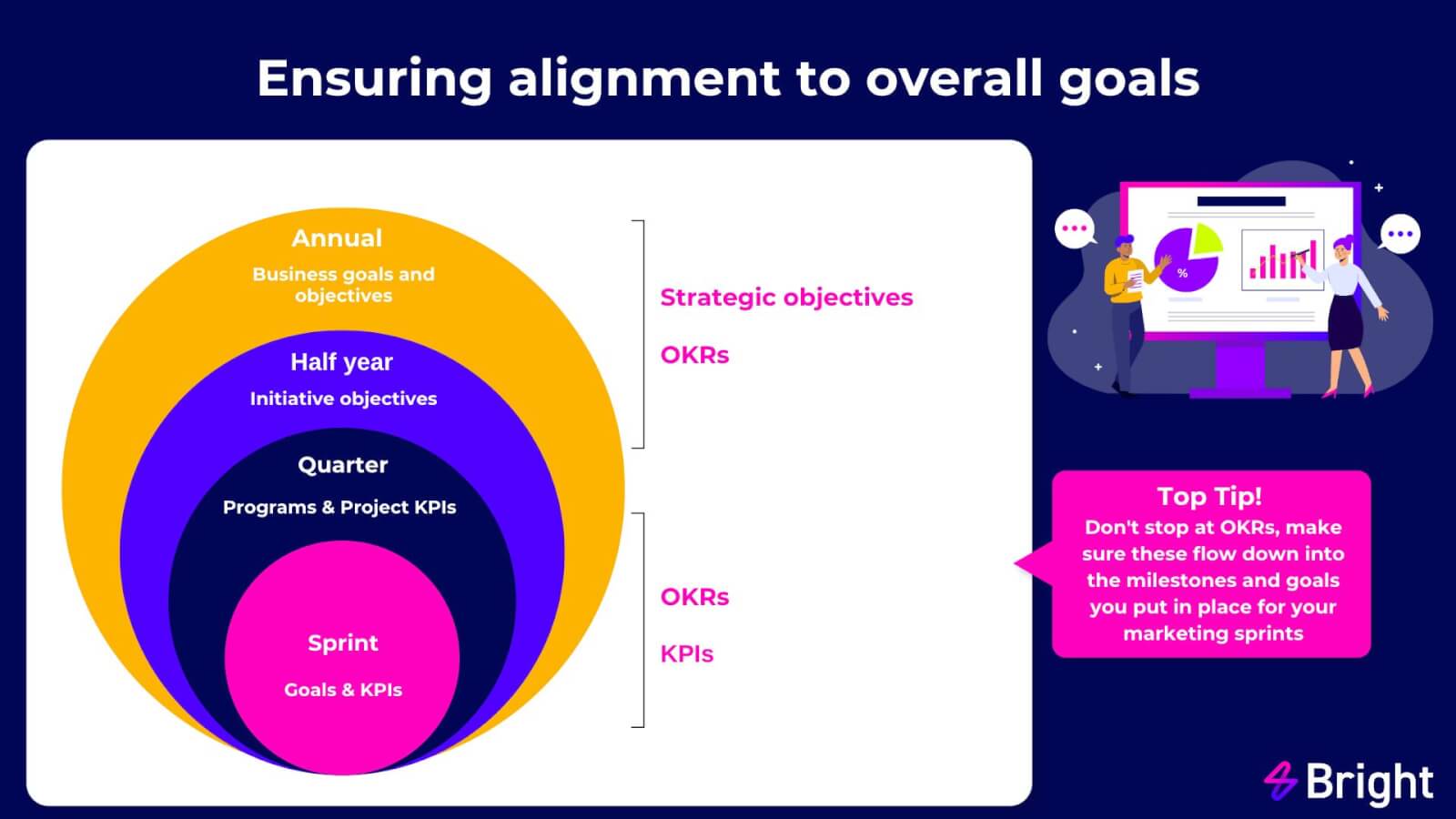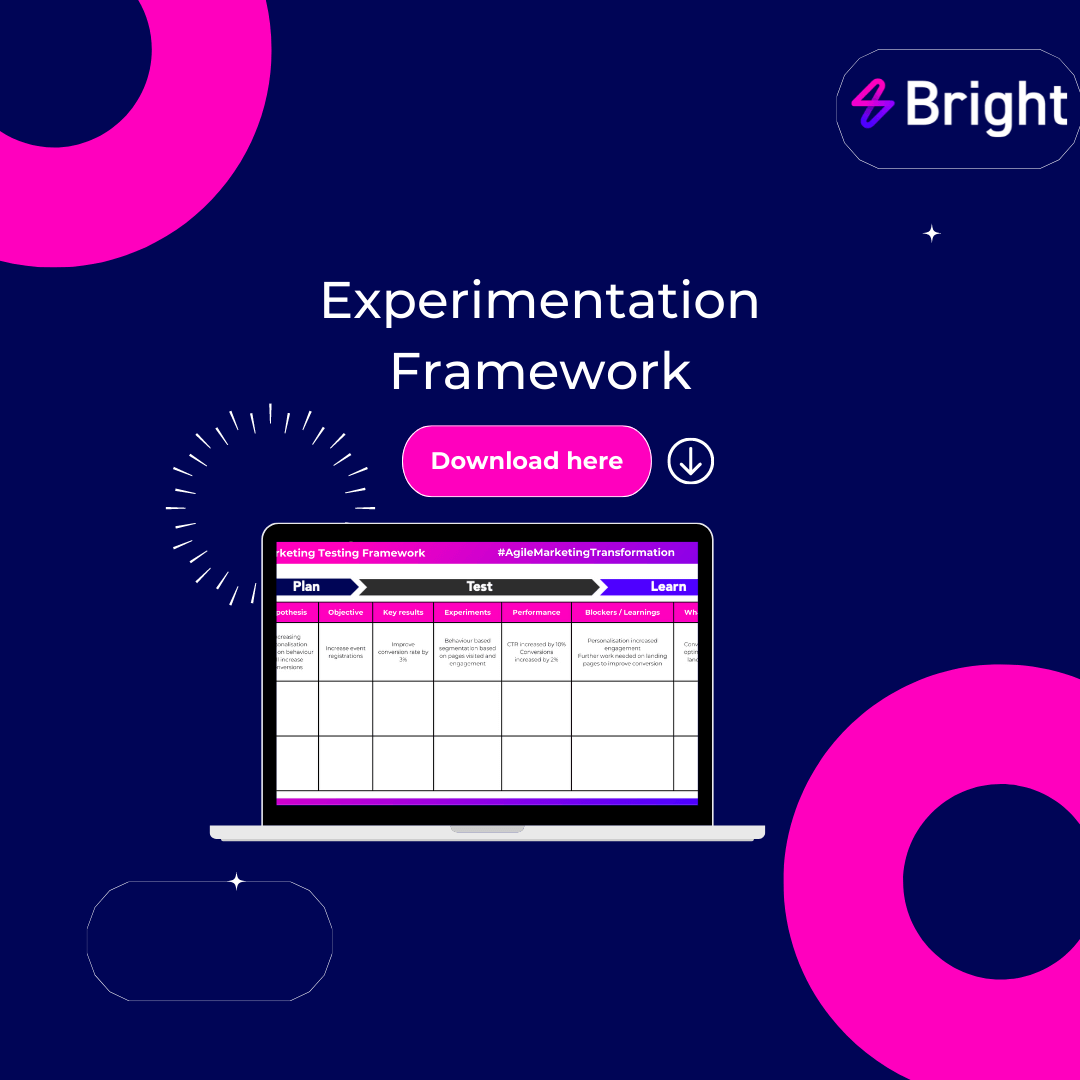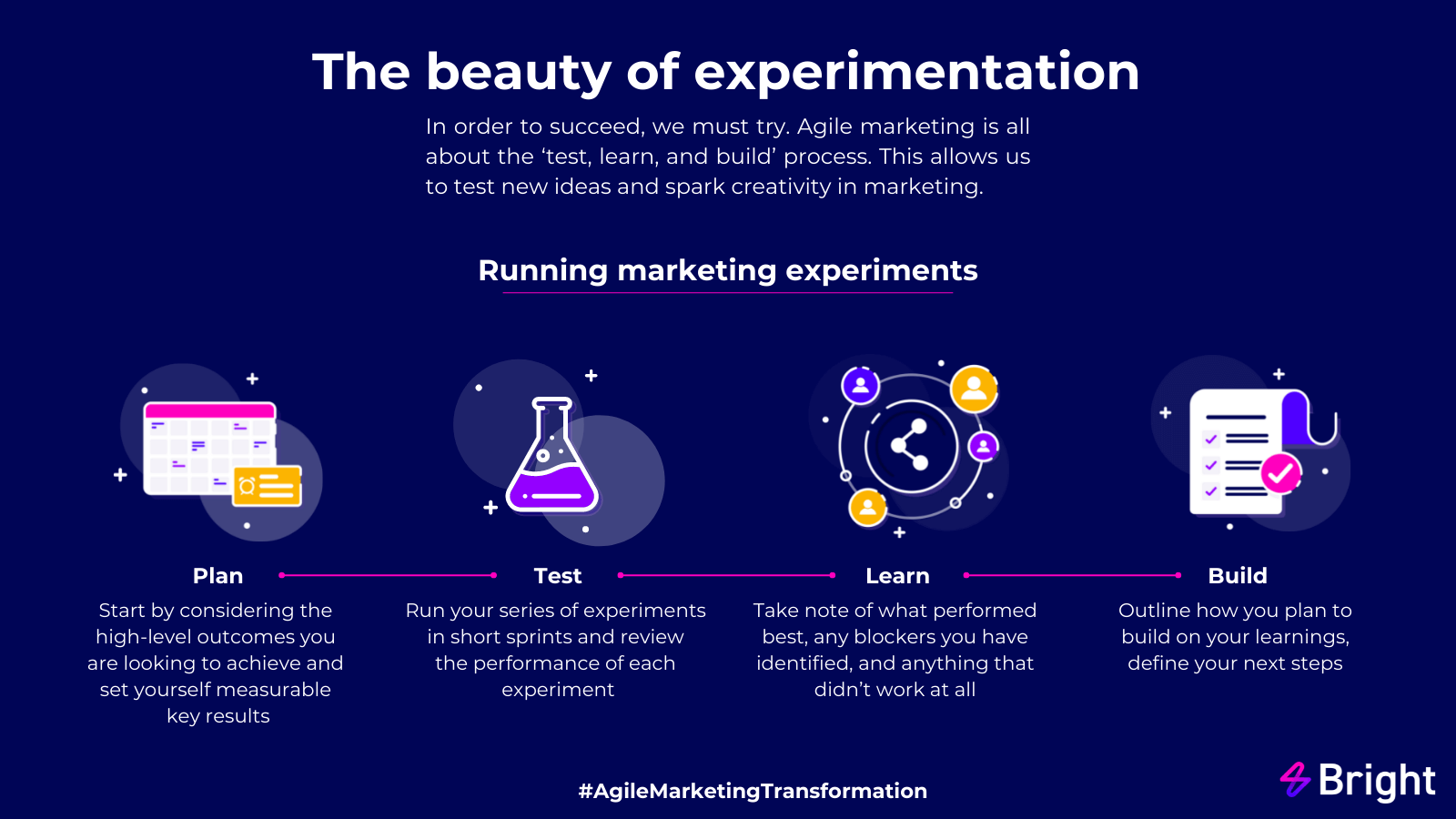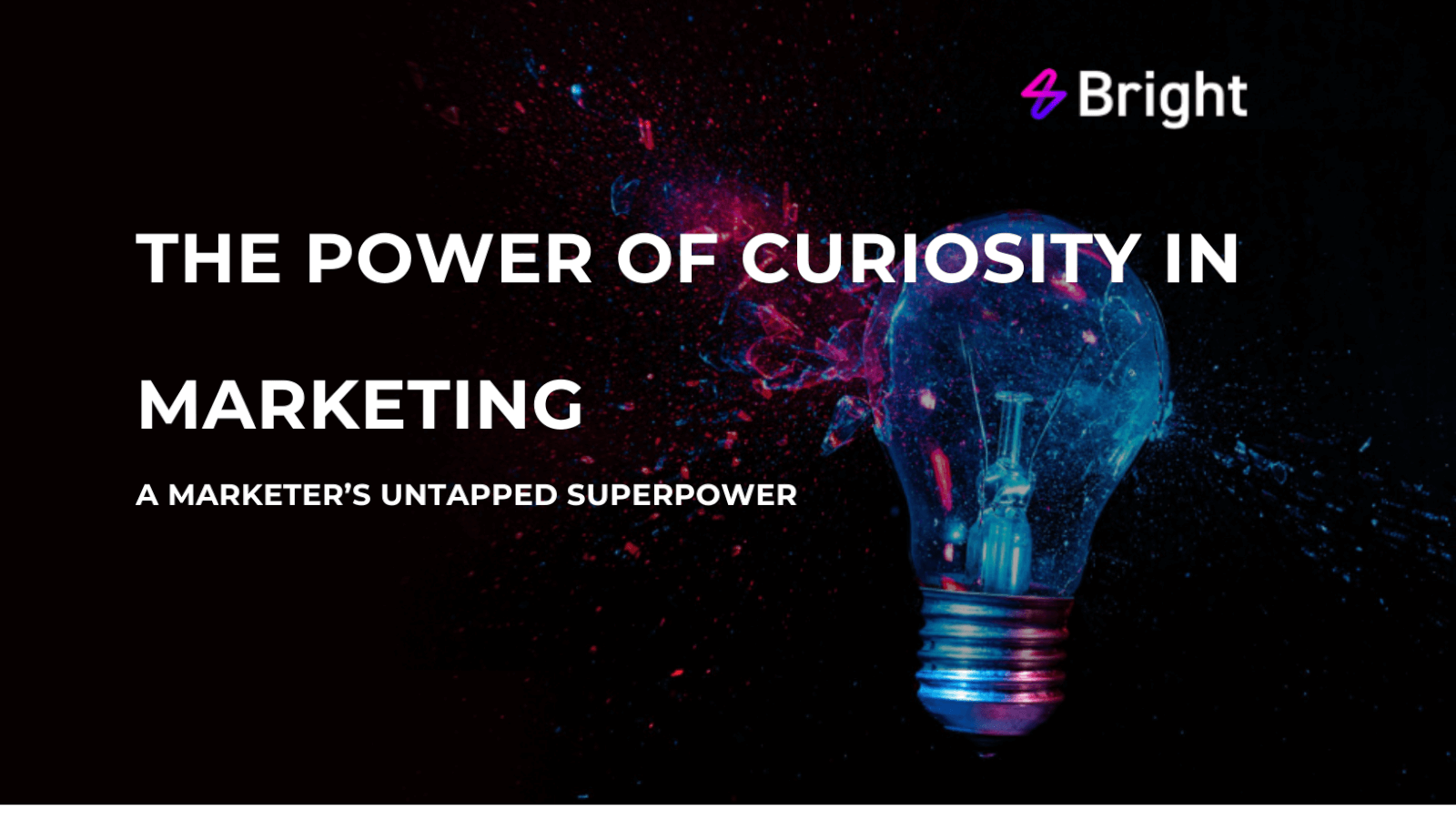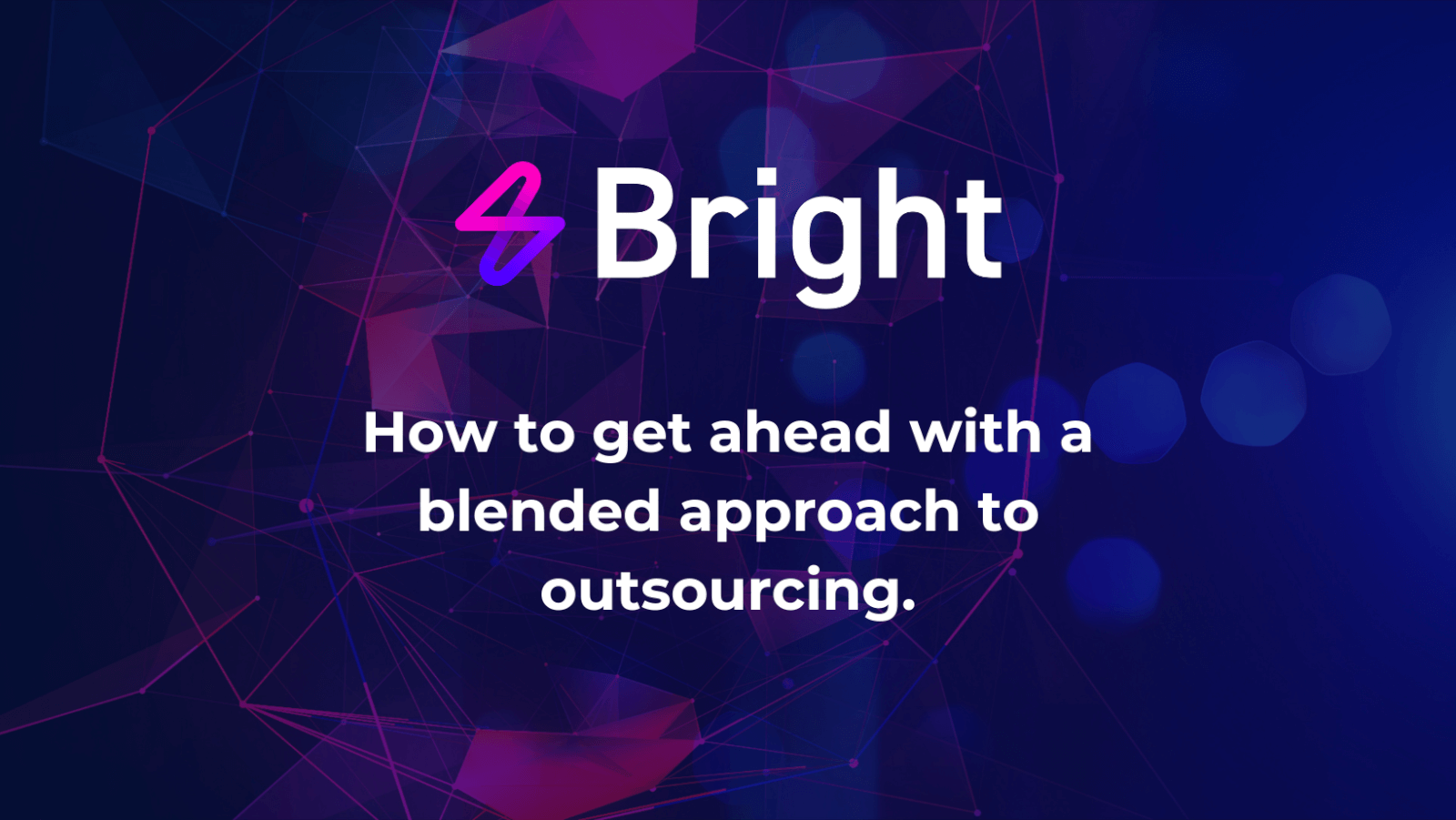Over the course of countless blogs, we’ve talked about agile marketing, why it’s important and how its helping teams improve engagement, marketing performance and driving efficiencies in their ways of working.
As we head into 2023 marketing agility and agile marketing are again key trends and capabilities needed in your marketing to respond to internal and external pressures.
When I talk to marketers about agility, I typically get the response ‘our teams are constantly adapting to market forces’ and that is certainly an element of marketing agility. But I would argue that it is so much more than that. So, in this blog post we’re going to go back to basics and discuss what we mean by marketing agility.
Defining marketing agility
When googling marketing agility, a few definitions appear. The one I like is from the American Marketing Association:
the extent to which an entity rapidly iterates between making sense of the market and executing marketing decisions to adapt to the market.
A couple of reasons why I like this definition:
- It incorporates the internal and external – something that marketers are constantly balancing
- It uses the term iterate – which is key, because marketing agility is a continual process, something we must look at again and again
Some of you are probably thinking that definition also lines up nicely with the typical response I get from marketers, and it does, to a certain extent. The final reason I like this definition is It includes making sense of the market and executing decisions – two very simple phrases that mask what can be very complex processes. Processes that make or break a team’s ability to be agile.
So, let’s drill down into the key elements of marketing agility.
What is marketing agility made up of?
There are 5 key things to think about when looking at marketing agility as outlined in the diagram.
The top half is what we describe when running our training courses as doing agile, and the bottom half is focused more on being agile.
You can’t have agility without elements of all 5 – but some are more important than others.
Doing agile
This is the remit of tools, processes, and practices. The martech, data analytics and project management tools you use to capture, analyse, manage, and execute marketing activity with as well as your ways of working.
With the technology landscape growing and only increasing in its complexity (Scott Brinker’s martech map puts it at 9,932 solutions) tools deserves its own post and we’ll write one soon.
Processes and practices are interesting because you will see benefits from doing agile in terms of efficiencies and ability to respond more effectively to internal and external forces. Whether adopting pure Kanban, Scrum, SAFE or a combination of methodologies based on your business context there are key elements of the processes and practices that support marketing agility:
| Practices | Value |
|---|---|
| Sprints | Allow teams to tackle smaller amounts of work within a specific timeframe and deliver activity iteratively and adjust plans accordingly based on performance and customer feedback. |
| Planning | Ensure teams are aligned on what trying to achieve and what the team need to do to deliver these outcomes. |
| Retrospectives | A chance to reflect on successes, learnings and how they need to inform activity moving forward. |
| Workflows (e.g., Kanban boards) | Giving teams visibility on all activity and help leads reprioritise and manage tasks accordingly. |
However, the real value of marketing agility is in the ‘what’ and being agile.
Being agile
Being agile is about the principles, values, and mindsets your team embody to respond to changing customer preferences and market conditions.
To understand more about the principles and values of agile I recommend reading the agile marketing manifesto. These form the foundation of marketing agility and the standards to work by.
The ones that stand out when thinking about marketing agility are:
- Focus on customer value and outcomes rather than outputs
- Delivering value early and often
- Learning through experiments and data (read our blog post on experimentation to understand more)
- Respond to change over following a static plan
In short – the most effective way to inject agility is to focus on what your customers need, and experiment with propositions, messaging, channels etc to understand how prospects and customer engage, using this data to optimise on-going activity.
Incorporating these elements into your marketing can help you stay ahead of the game and ensure your efforts are always relevant, effective, and on target. With a bit of effort, you’ll be able to capitalize on emerging trends, create compelling campaigns and respond quickly to customer feedback – all key components of marketing agility.

